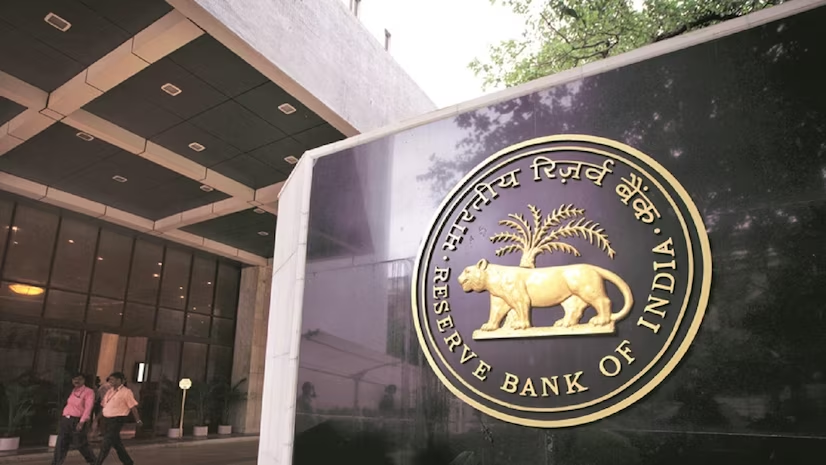India’s central bank, the Reserve Bank of India (RBI), has taken unprecedented measures to address a growing liquidity deficit in the banking system. In a series of nine Variable Rate Repo (VRR) auctions conducted throughout May 2024, the RBI has infused a record-breaking ₹7.75 trillion (US$97.3 billion) into the economy.
Rising Liquidity Deficit:
The need for such a large liquidity injection stems from a consistent rise in the liquidity deficit. This deficit occurs when banks have less cash readily available than they need to meet their daily obligations. The deficit has been attributed to factors such as:
- Increased government spending: Pre-election spending by the government may have temporarily withdrawn cash from the banking system.
- Higher credit offtake: A rise in loan demand from businesses and individuals could be putting a strain on bank liquidity.
- Global economic uncertainties: International factors like rising interest rates and geopolitical tensions can also impact domestic liquidity.
Banks’ Thirst for Cash:
The high demand for liquidity is evident in the bids placed by banks during the VRR auctions. Cash-starved banks submitted bids worth a staggering ₹11.4 trillion (US$143.5 billion) – nearly 47% higher than the RBI’s notified amount of ₹7.75 trillion. This intense competition for funds underscores the severity of the liquidity shortage.
Impact on the Economy:
The RBI’s intervention aims to prevent a credit squeeze and maintain financial stability. By injecting liquidity, the RBI hopes to:
- Lower short-term interest rates: Increased liquidity can potentially lead to lower borrowing costs for businesses and individuals, stimulating economic activity.
- Boost credit growth: Improved liquidity conditions could encourage banks to lend more freely, facilitating investment and growth.
- Maintain financial stability: A severe liquidity crunch can disrupt financial markets and impact investor confidence. The RBI’s actions aim to prevent such a scenario.
Looking Ahead:
While the RBI’s liquidity measures provide temporary relief, it’s crucial to address the underlying causes of the deficit. The government’s spending patterns and long-term structural reforms in the banking system will be crucial in ensuring long-term financial stability. Additionally, the RBI’s future monetary policy decisions will be closely watched to assess their impact on liquidity conditions.
This record-breaking liquidity infusion by the RBI highlights the importance of maintaining financial stability for a healthy economy. The coming weeks and months will be crucial in observing the effectiveness of these measures and their long-term impact on the Indian banking system.





